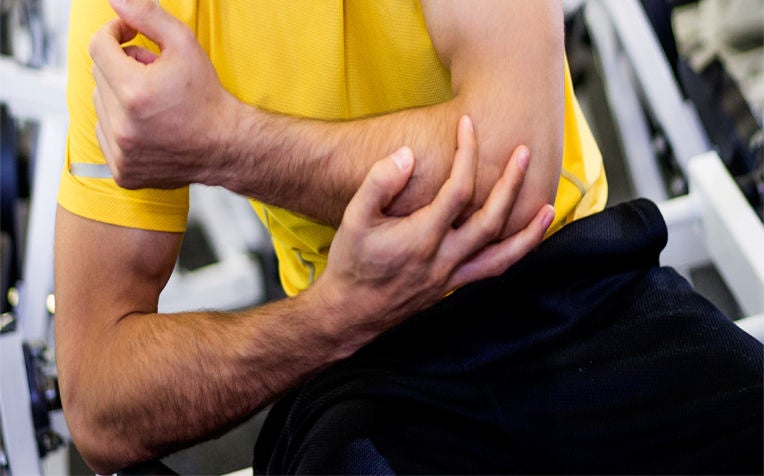
Elbow stiffness can affect the ability to do simple things such as comb your hair.
What Is Stiff Elbow?
The elbow is a joint that is easily complicated by stiffness after injury or disease. This is because the elbow actually comprises three separate joints that fit extremely well together, and is in close proximity to a host of soft tissue structures.
Causes of stiff elbow
Post-injury stiffness: The most common cause in our population is post-injury stiffness of the elbow.
Other diseases: A stiff elbow joint can also arise due to other diseases like infection and auto-inflammatory conditions (e.g, rheumatoid arthritis).
Congenital problems: Certain congenital problems may also present with elbow stiffness.
Stiff elbow risk factors
Prolonged immobilisation: Patients with prolonged immobilisation of the elbow joint due to injury or illness are at highest risk of developing elbow stiffness.
Damage to joint: Diseases like infection that lead to damage of the joint surface (also known as the articular cartilage) also predispose to elbow stiffness.
Stiff elbow symptoms
You will experience limited range of motion in the elbow when bending the elbow, and sometimes in forearm rotation as well. Pain may or may not be an associated symptom depending on the underlying problem.
Stiff elbow diagnosis
You should seek medical treatment when you sustain injuries to the elbow that result in severe pain and swelling. Often, seeking traditional forms of treatment without prior evaluation with x-rays to exclude fractures, can lead to long term damage of the elbow joint, pain and stiffness.
If you experience spontaneous onset of elbow pain without any prior history of trauma, you should seek medical advice to rule out any serious elbow disease, as delays in treatment may lead to a poorer outcome.
Stiff elbow treatment
The exact treatment for elbow stiffness depends on the underlying cause, and the extent to which the elbow joint itself and its surrounding soft tissue structures are affected. Generally, the treatment of elbow stiffness hinges on the use of splints, exercises, and judicious surgery. Surgical release of the stiff elbow may sometimes be used if conservative methods fail, or if these measures are unsuitable.
Stiff elbow prevention Tips
In patients with elbow injury, stable fixation of fractures and early mobilisation is the best form of prevention of elbow stiffness. In diseases which can result in articular cartilage damage, early and effective treatment to control the disease and limit articular cartilage is needed to minimise long term elbow stiffness.
Read on to find out about tennis elbow.
Ref: S13
Contributed by















 Get it on Google Play
Get it on Google Play